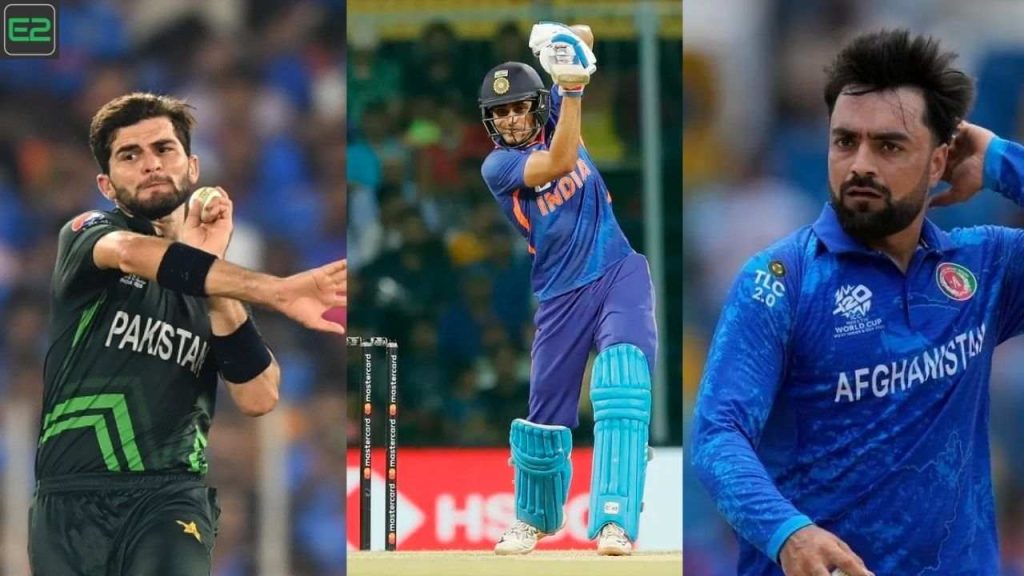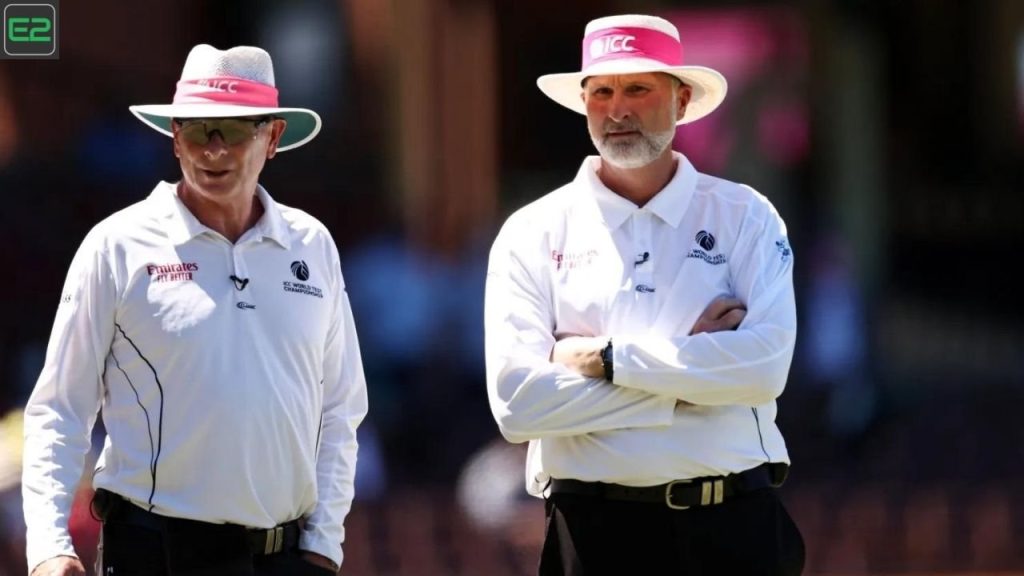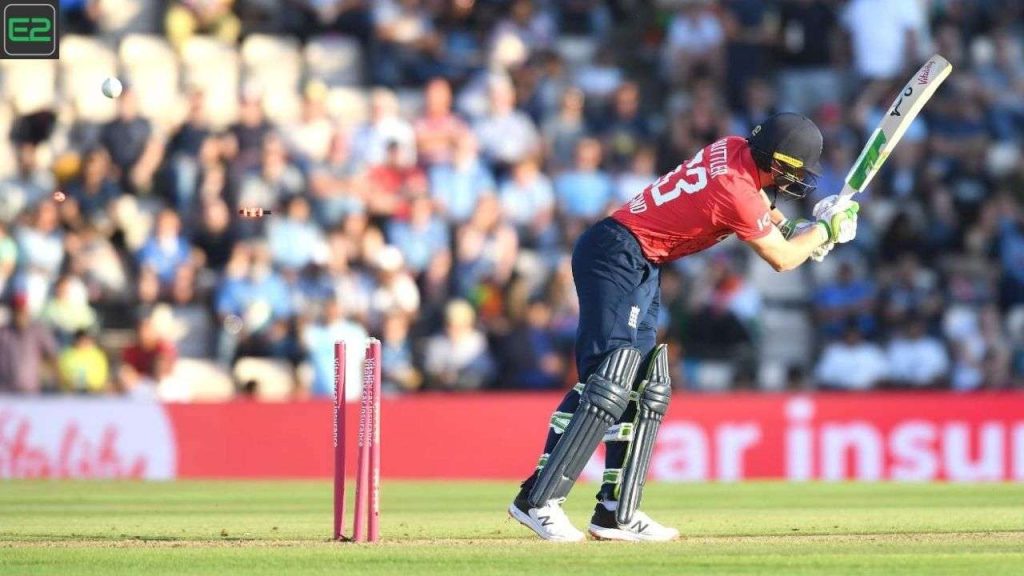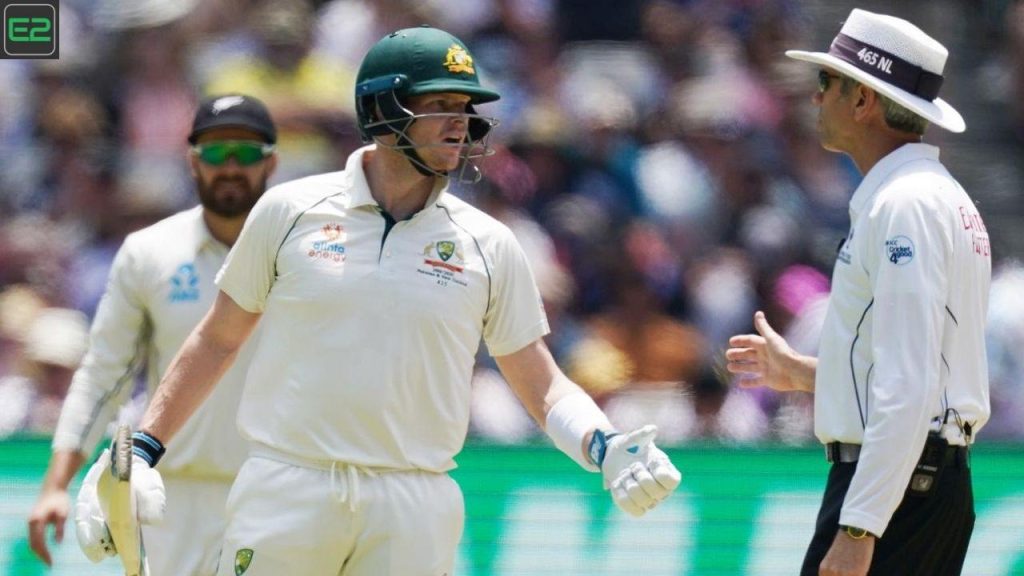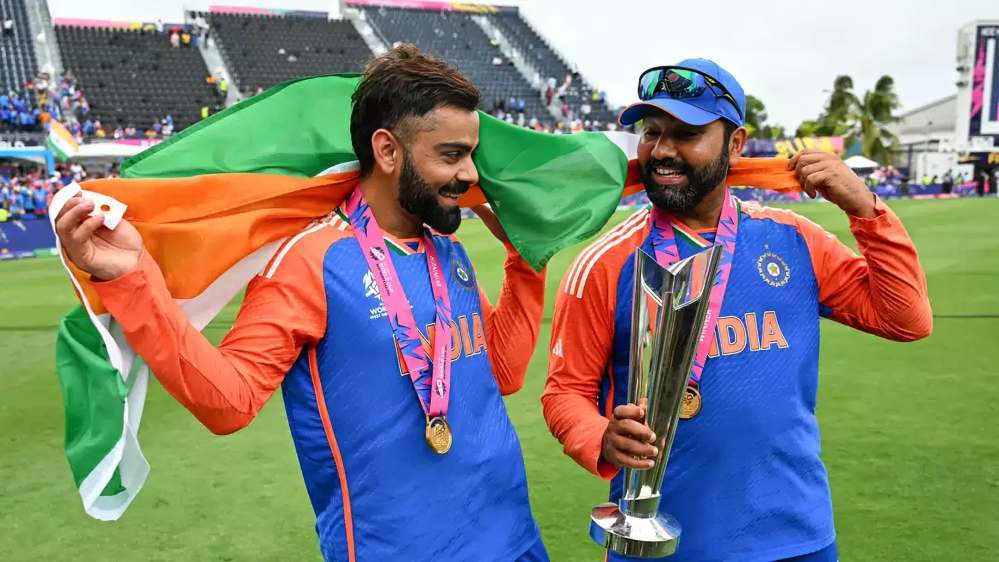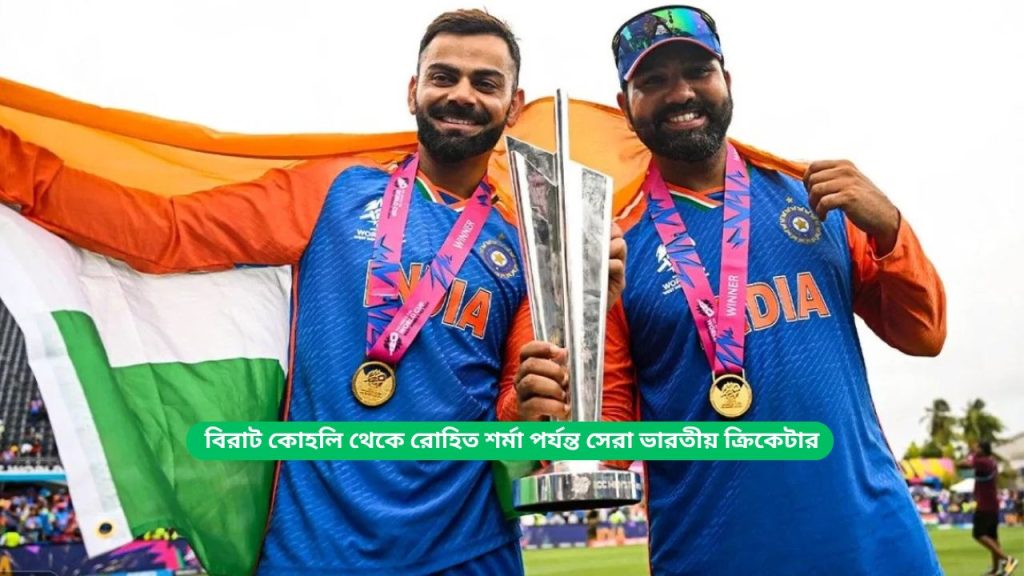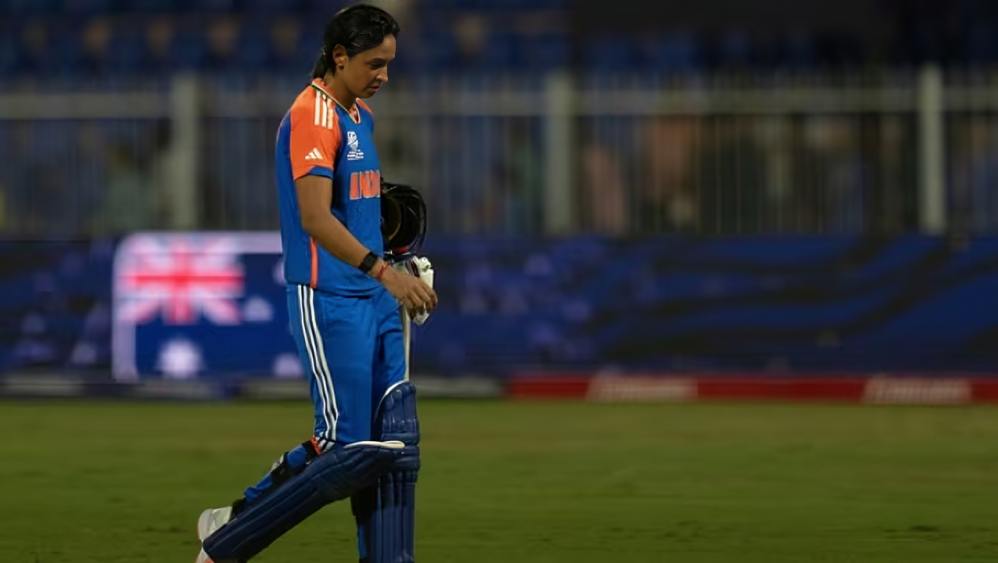The musty concoction of sweat, freshly-mowed albeit slightly damp grass, a robust aroma of beer and the jittery anticipation of fans are a normal feature of cricket stadiums in today’s age.
Plentiful glitz, glamour, music and cheer are now also commonly associated with the game.
However, that certainly wasn’t always the case. What began as a modest game between shepherds in England in the 1600s has now turned into a global sensation, with multiple formats — including One Day Internationals (ODIs), T20, The Hundred and T10 — seeing cricket try to offer something for everyone.
But the “gentleman’s game” first came into inception through Test cricket, and to date it remains the most grueling format of the sport.
What is the most popular format of cricket?

The question of which of that myriad of formats is the pre-eminent one is a subject of much debate, and one that has dominated the chatter around the launch of each new variation in recent years.
In 2003, the T20 format took the cricketing world by storm. Its ability to hold a fan’s attention span for four hours was a game changer for a sport that was grappling with viewership issues at the time.
The popularity of white ball cricket has soared, and the men’s T20 World Cup in 2022 had an estimated global TV audience of 1.28 billion viewers and over 3.95 billion hours of World Cup coverage was consumed by fans, according to the International Cricket Council (ICC).
A thrilling clash between India and Pakistan was the most watched game of the tournament, garnering 256
The recently concluded Indian Premier League has also pushed T20 cricket to the cusp of superstardom. The branding and marketing around the IPL has created room for other short-form leagues to prosper, like The Hundred, The SA20 League, The Big Bash, and the recently announced Major League Cricket, which will start in July and take cricket to the United States.
But talk of the demise of Test matches in the wake of the success of T20 and white ball matches has been premature. In fact, those who predicted that the longer format of the game would be pushed to the boundary have been proven emphatically wrong. In recent years, Test cricket has also seen growth in viewership.
In 2022, the Ashes series between England and Australia drew almost 13 million domestic TV viewers from Australia, and the fifth Test alone saw 1.43 million viewers tuning in, according to Cricket Australia.
The first Test between Australia and India during this year’s Border-Gavaskar Trophy saw a 43% spike in viewership compared to the India-England test series in 2021. It was also one of the most-watched Test matches since 2018, according to the ICC.
Are we witnessing the (re)growth of Test cricket?

The fear that Test cricket would become marginalised by the push for shorter, quicker, more “exciting” variations of the sport — predominantly aimed at attracting a new demographic — has, thankfully, proved unfounded.
The T20 format has allowed batters a free reign for power hitting, in contrast to Test and ODI cricket which is heavily focused on technique and skill, and where the match-up between bowlers and batters is equalised.
And that’s where criticism for the shorter formats of the game has actually amplified Test cricket’s cry for help. Some purists have actually openly come to rue the advent of T20 cricket and its business-driven characteristics, which they feel take away from the actuality of the sport.
One the other side of the wicket, a common argument in defence of T20 cricket is that the format attracts fans while Test cricket doesn’t. However, that doesn’t seem to be the case anymore. In a 2019 MCC World survey, in which 13,000 responders from different countries participated, Test cricket was judged the most popular form of cricket — apparently cultivating interest from fans, regardless of nationality or age.
It’s perhaps no surprise, given that 2018 was a huge year for Test cricket. India defeated Australia ‘Down Under’, Sri Lanka beat South Africa, and the West Indies claimed a thrilling win over England. All these games contributed to the growing popularity of the game.
In fact, in an interview with the bible of cricket, Wisden, in 2018, Virat Kohli, India’s former captain, described Test cricket as “the most beautiful format of the game”.
I think that if you really understand the sport, if you really love the sport, you understand Test cricket and you understand how exciting it is. I cannot explain to you the job satisfaction that you get when you do well in Test cricket, because you know how demanding it is— Former India Test captain Virat Kohli
Who are the biggest stars in Test cricket?
While it may not have the glitz and glamour of a tournament like the IPL — with its big-money ‘auction’ format attracting headlines, and TV viewers — Test cricket is still blessed with plenty of star power.
Several leading lights have played a significant part in recent years in fuelling the resurgence of the longer format of the game, with some standout performances that have seen them claim a place in the history books.
Virat Kohli
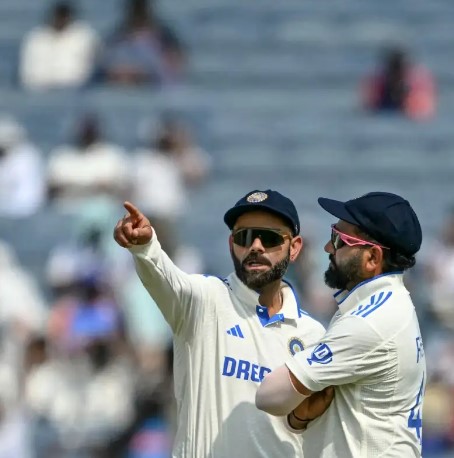
Kohli’s involvement and interest in Test cricket has always proven to be advantageous for the format. His ability to add aggression and drama in the five-day games has proven to be a consistent crowd puller. One such instance was the India vs England Test match at Lord’s in 2021.
The final day of the match saw England looking to chase 272 runs in 60 overs. The contest could have easily been drawn, but Kohli is not a man who believes in drawing or losing. And so India fought. In the huddle before India went to field, Kohli told his team-mates to give the opposition “hell” for 60 overs. His bowling unit did just that to clinch a win in thrilling fashion.
Ben Stokes (and ‘Bazball’)

It would be impossible to forget Ben Stokes’ heroics at Headingly in 2019 during the Ashes series. He scored an unbeaten 135 runs to secure a win for England when the game had almost slipped out of the hosts’ fingers.
The Headingly crowed rose to their feet and cheered for the new hero of English Cricket.
While Stokes’ innings brought England back into the Ashes, his Test captaincy takeover under England’s new Kiwi coach, Brendon McCullum, is what has really brought England back to winning ways. “Bazball” is the new term for how the team now approaches the format.
“Baz”, McCullum’s nickname, has instilled a new fearlessness in his players, and since then England have become a side that is revered by the Test world.
England head into the upcoming 2023 Ashes series averaging 304 runs per innings and have won three out of the four Test series they have played under McCullum.
Rishabh Pant
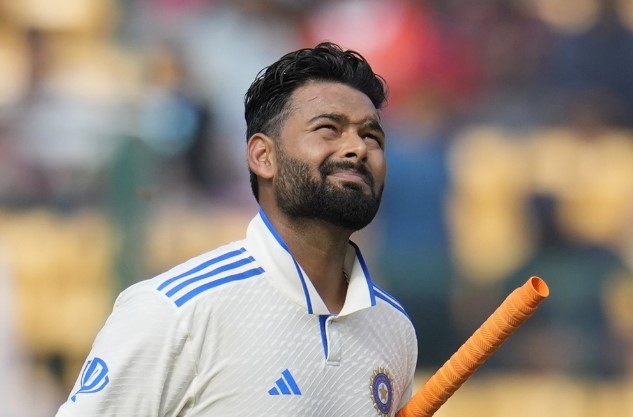
Pant may not be the most obvious choice on a list of Test superstars — particularly given an injury ravaged 2023 that has seen him sidelined after suffering a series car accident — but his status as an inspiration for a generation of Indian cricket fans was secured in the 2020-21 Border Gavaskar Trophy, in a match that went a long way to also reviving interest in the longer format of the game worldwide.
India had set themselves for a loss, with Kohli having left the squad after the first Test, India being bowled out for just 36 runs, a host of players injured and a young squad facing the mighty Australians on their home soil. But Pant and some of his more experienced colleagues had other plans.
The stand-in captain, Ajinkya Rahane, scored a century on Boxing Day, which led India to a win in the second match. Ravichandran Ashwin and Hanuma Vihari’s gritty and unyielding spirit then helped the tourists draw match three.
But it was Pant’s scintillating knock to chase down 328 runs in the final match of the series that really caught the imagination of Indian fans. The Gabba, famously known as Australia’s fortress, was breached by an Indian side for the first time in 32 years.
Australia (the entire Test team!)
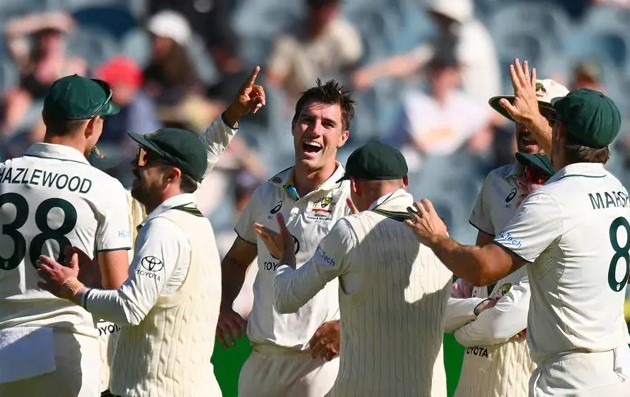
A prime reason for Australia’s world cricket dominance for decades is the continued commitment players show towards the demands of the Test game.
Australia has long dominated the Test cricket scene and has always been a side that is feared. No one player stands out, it is the team that carries itself with an aggressive approach, with all players contributing to the game.
After the ball-tampering scandal of 2018, the Australians witnessed a downfall — the fans turned against them, they lost in the ODI World Cup semi-finals in 2019 and the leadership unit was in shambles.
But like the fearless team they’re known to be, a couple of years later the team bounced back under Tim Paine and then Pat Cummins. Now they are one step away from winning the World Test Championship Final.
The World Test Championship

Arguably the clearest indicator yet of the blossoming health of Test cricket has come via the reception to The World Test Championship.
Introduced in 2019 by the ICC to “honour” the longest format of the game and to give more context to bilateral Test series, the competition carries a hefty prize money of $1.6 million.
Under the format for the event, teams now play Test cricket as part of a cycle that sees them gain points for each series, eventually culminating in helping the two top-ranked sides to qualify for the finals.
The inaugural WTC was played in 2021 between New Zealand and India, where the Kiwis came out victorious.
This year, India will face arch rivals Australia at the Oval in England from June 7-11, with the champions able to bask not only in that huge prize money, but also in a place as the best team in the world, and installed as the spearhead of the resurgence in popularity of the longer game.


